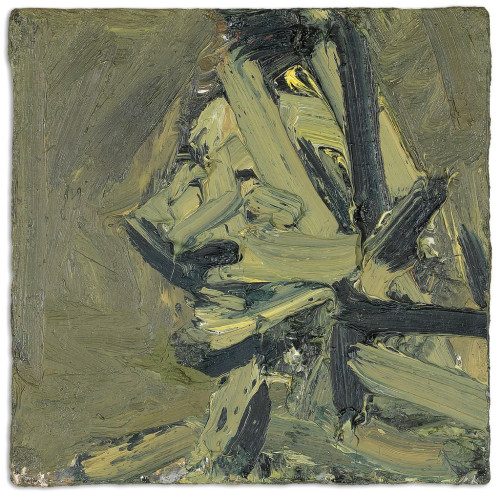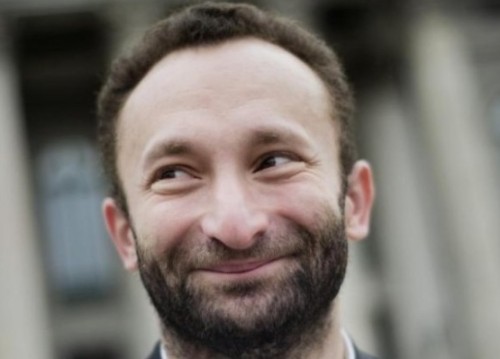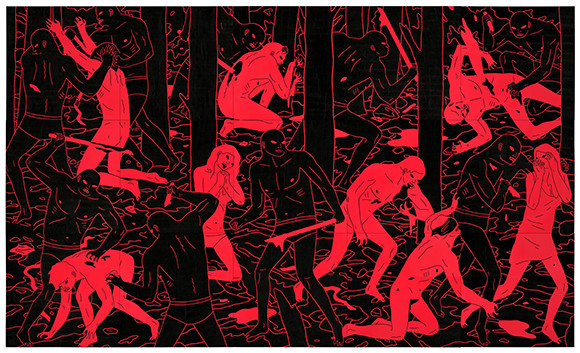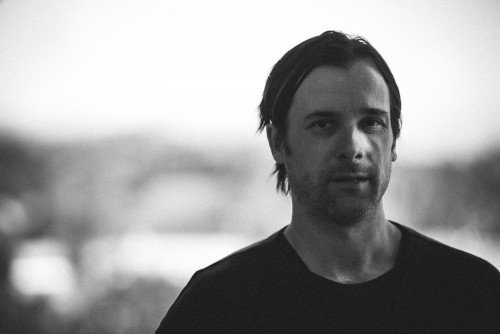“The Return of Odysseus” by Michael Walker
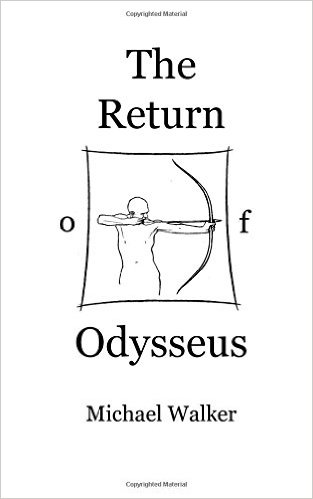 The Return of Odysseus
The Return of Odysseus
by Michael Walker
This is a well-written and highly readable play, and I got through it in a couple of normal working days. It tells the famous Homeric tale of the prolonged absence and final return of the eponymous Greek hero to his home island, and the resulting revenge he exacts on the unruly suitors of his wife, Penelope.
Author Michael Walker is well known in nationalist circles as the editor of Scorpion magazine, a publication which first began the not particularly easy task of introducing the ideas of the European New Right to an English-speaking audience back in the 1990s.
For this reason it a may be difficult to read this play as it should be read, namely as a purely “metapolitical” work, that is one in which the message is an indistinguishable part of the art. Instead, like me, you may feel a tendency to read it politically, and to interpret certain lines as referring to specific contemporary nationalist issues.
But while political consciousness and an awareness of the writer’s sympathies may detract from a perfect metapolitical reading, I have to say I rather enjoyed these “political flashes,” and many here will also enjoy them, I am sure.
For example, in Act Two, Scene Two, Mentor, a member of the Assembly of Ithaca, describes the sorry state that the island kingdom has fallen into since the monarch’s absence:
There is not one palace which is plundered, but the entire land. Ithaca is growing sick while the tapeworms of the market grow fat on a land for which they never fought, which they never tend and never loved. The homeland has almost as many immigrants as natives. No one respects the Ithacan customs. The children are hardened and use the lowest language of the streets. The public coffers are plundered by parasites and aliens. Money is made by distortion and usury. Honest work is badly paid. The richest men are middlemen and speculators. The labourer is poor. (p. 128)
Reading these words, it is not ancient Ithaca that rises before your mental eye, but modern Britain, or some other “enriched” part of the West. One is almost surprised not to find a reference to Muslim grooming gangs! But, then, a piece of rhetorical eloquence or a classical reference snaps you back to the ancient story world in which this is set, and, from a thinly disguised satire on our diseased modern times, the story assumes once again the elegance of timeless tragedy. Read more


